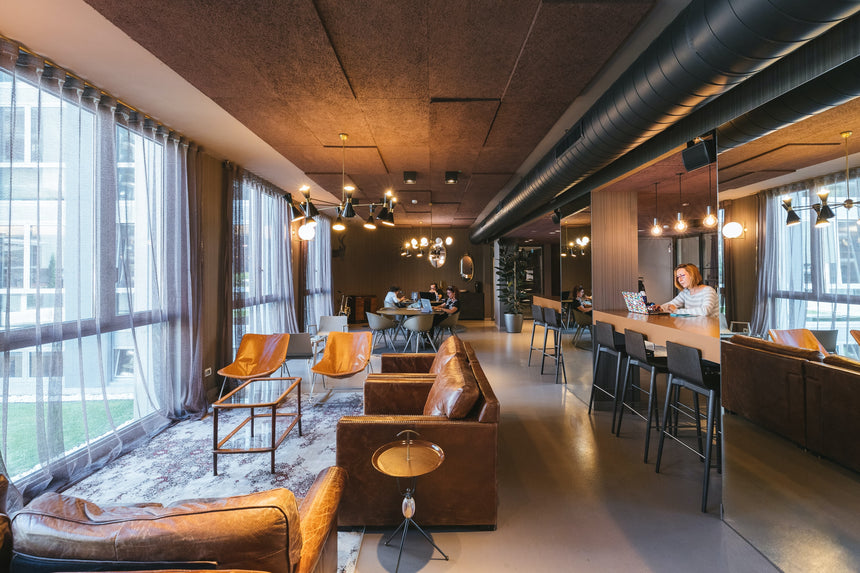What is Smart Working?
Commuting, office buildings and working patterns have changed massively in the last 10 years. Capitalising on both the physical changes, and changes to mindset and mood among your people, is crucial to remaining a valued place to work.
As a result of these changes, a new methodology is being heralded: smart working.
What is Smart Working?
Smart working embodies more than just working from home. It includes agility, flexibility and trust provided by employers. Less stress is placed on the traditional parameters of work, allowing for goals and projects to be achieved in whichever way best fits.
The four traditional parameters (Time, Space, People and Technology) can be flexed and prioritised differently to achieve the best possible results. More than ever, catering to your employees and allowing them to work in their most comfortable and productive setting will lead to results. This is at the core of the smart working model.
People
People are at the heart of new smart working ideas. The aim is to embolden people at work and allow an environment which breeds new ideas and outcomes by removing traditional blockers. This means less focus is placed on where and when projects take place, and more emphasis is given to notions such as creativity and collaboration.
It’s a principle which grows from the ground-up: by allowing people to collaborate and work together in a manner which suits them, you will increase their job satisfaction and happiness which will, in turn, increase creativity and results. It’s a straightforward ethos which blossoms into the other main factors of smart working.
Time
Flexibility around working hours, days and specific projects lends itself to the belief that no one will be inputting unproductive hours. Work-life balance, especially in this age, is hugely important. Without offering people the chance to break away from their desk to regroup and return with fresh ideas and motivation, you will end up with problems.
Take the four-day working week as an example. It has been trialled by some major corporations across the world, as well as being introduced in Scandinavian countries (and heavily floated in the Scottish Parliament). Microsoft Japan introduced the scheme and found an increase in productivity and happiness among its staff.
Technology
Technology is important for creating digital workspaces, and connectivity tools are obviously important in achieving this. Allowing people to work together without being in the same physical location is crucial for smart working.
There is more to technology than just digital connectivity. With more people working from home, you can invest in equipment which will negate some of the health problems that occur from sitting at a desk for too long. Smart desks, rising monitors and specially designed office chairs have seen huge sales and improved response from users.

Space
The traditional office comprising of square cubicle workstations, rigid desks and sole desk ownership is dying off. In its place is a new office, made up of hotdesking and breakout rooms. Employers are realising that providing a space which is designed around wants and needs will yield the best results.
Additionally, in the face of the pandemic, working from home is now a valid option for many businesses too. A kind of hybrid system, with the office being used as a kind of creative hub and brainstorming space and the home being used for individual work, is preferred by most people.
How best to promote smart working?
Smart working is not a strict methodology; rather a method of working that puts your people first. This means that there are no specific rules or guidelines to meet. Instead, it is mainly about promoting a trusting environment that allows people to express new ideas and work in different ways to achieve the best results.
A place to start is reviewing your business approach to work-life balance. A culture which congratulates working beyond core hours and one which promotes those who work unhealthy hours is not conducive to smart working.
People should feel comfortable with enjoying their spare time and finding the right balance. Promoting this means that when people are working, they aren’t overworked or overtired. While you also can’t force people to completely shut off at the end of the workday, there are ways to help.
How can your reward scheme help?
Business rewards and benefits can promote healthy work-life balance. Many companies will promote benefits that specifically relate to work – this includes office table tennis, cycle to work schemes and coffee bars. While these can be positives, they also link directly to a physical work location.
Business rewards can be used to support extra-curricular experiences. When you provide your workforce with a platform which promotes activities that are undertaken outside of working hours, it shows you are truly invested in them as people – not just employees.
This is what The Mór Card aims to promote with our clients. We are not here to break traditions when it comes to employee rewards; instead, we offer an additional benefit which many others can’t. A platform that helps users find new, exciting and independent experiences while also promoting small businesses throughout the country. A way to prove you have your peoples’ interests to heart.
References

